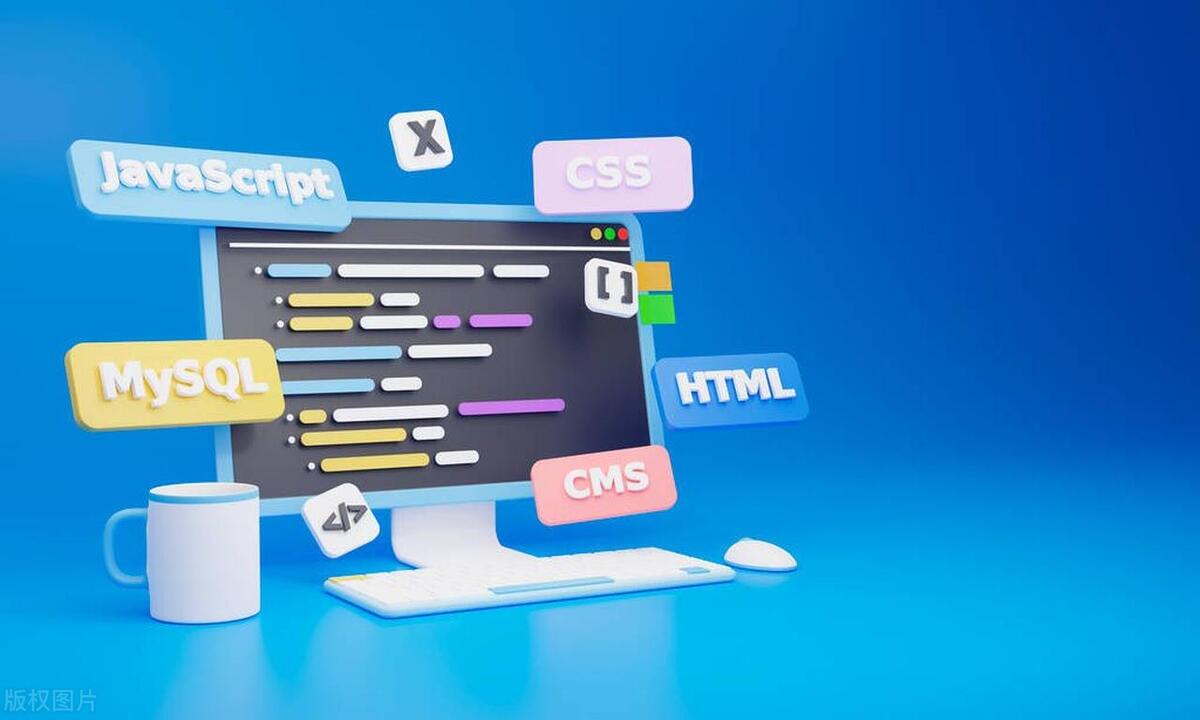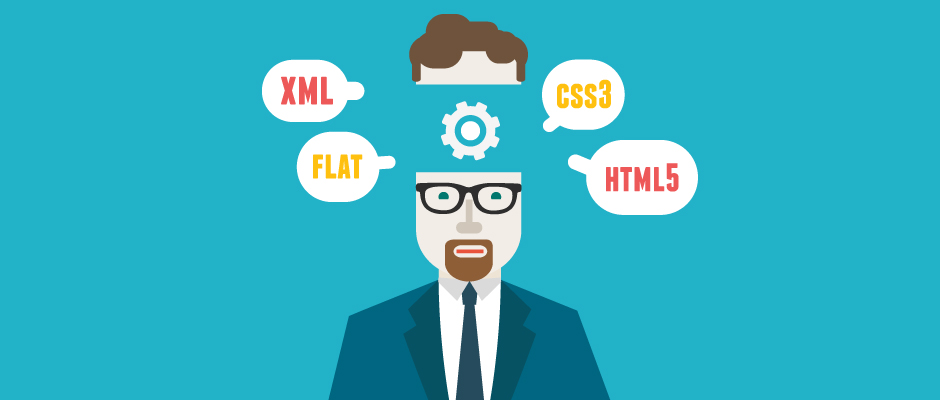Equal-height columns are achieved using display: flex with flex-wrap and flex: 1 1 200px on cards, allowing responsive wrapping and natural height alignment without media queries. 2. Auto-spacing is enabled via margin: auto on flex items, pushing elements like navigation to the edge while maintaining clean layout control. 3. Dynamic UI components like modals use flex-basis and flex-grow to allocate fixed and remaining space, with min-width: 0 preventing overflow issues. 4. A sticky footer is implemented by setting min-height: 100vh on the container and flex: 1 on the main content, pushing the footer down naturally. 5. Button groups and toolbars leverage nested flex containers with gap and justify-content to create responsive, evenly spaced controls. 6. Unwanted shrinking is prevented by setting min-width: 0 or min-height: 0 on flex items, ensuring proper text wrapping and layout integrity. Combined use of flex, gap, margin, and min-size properties enables robust, responsive layouts with minimal code.

Flexbox is a powerful layout module in CSS that goes beyond simple alignment and spacing. While many developers are familiar with basic properties like display: flex, flex-direction, and justify-content, mastering advanced Flexbox techniques can help you build complex, responsive, and maintainable UIs with less code and fewer workarounds.

Here are several advanced techniques that leverage Flexbox in smarter, more efficient ways.
1. Responsive Equal-Height Columns Without Media Queries
A classic use case: creating a grid of cards where all items in a row have the same height, regardless of content.

.card-container {
display: flex;
gap: 1rem;
flex-wrap: wrap;
}
.card {
flex: 1 1 200px; /* grow, shrink, min-width */
display: flex;
flex-direction: column;
}<div class="card-container"> <div class="card">...</div> <div class="card">...</div> <div class="card">...</div> </div>
flex: 1 1 200pxallows items to grow and shrink but start wrapping when each would be less than 200px wide.- Using
flex-direction: columnon.cardensures the content pushes the footer down, and since all cards are in a flex container, they naturally stretch to the tallest item in the row.
? Result: Equal-height cards that respond gracefully to screen size — no JavaScript or media queries needed.
2. Auto-Spacing with margin: auto in Flex Items
You can use margin: auto on flex items to push content to edges or create dynamic spacing.

.header {
display: flex;
align-items: center;
}
.logo {
margin-right: 1rem;
}
.nav {
margin-left: auto; /* Pushes nav to the far right */
}<header class="header"> <div class="logo">Logo</div> <nav class="nav">...</nav> </header>
This is especially useful for:
- Right-aligning a single item
- Centering one item while others are aligned left/right
- Creating "push" spacing without wrappers or extra elements
? Tip: margin: auto in the flex direction (main or cross) will absorb available space — very handy for layout control.
3. Flexible Modals and Sidebars with Dynamic Sizing
Use flex-basis and flex-grow to create UI components that adapt based on content and viewport.
.modal {
display: flex;
height: 80vh;
}
.modal-sidebar {
flex: 0 0 200px; /* fixed width, no grow/shrink */
background: #f0f0f0;
}
.modal-content {
flex: 1; /* takes remaining space */
overflow: auto;
}flex: 0 0 200px=flex-grow: 0,flex-shrink: 0,flex-basis: 200px- The sidebar stays fixed at 200px; content fills the rest.
- Works great for dashboards, editors, or any split-pane layout.
Bonus: Add min-height: 0 or min-width: 0 to prevent flex items from overflowing due to default min-size behavior.
4. "Sticky" Footer with Flexbox (No Grid Needed)
Instead of complex positioning or JavaScript, use Flexbox to pin a footer to the bottom of the viewport when content is short.
.page {
display: flex;
flex-direction: column;
min-height: 100vh;
}
.main {
flex: 1;
}
.footer {
/* no special styles needed — it will be pushed down */
}<div class="page"> <header>...</header> <main class="main">Content</main> <footer class="footer">? 2025</footer> </div>
min-height: 100vhensures the container fills the screen.flex: 1on.mainmakes it absorb all extra space, pushing the footer down.- When content exceeds the viewport, the footer naturally follows.
? Clean, reliable, and fully responsive.
5. Dynamic Button Groups and Toolbars
Create evenly spaced or grouped controls (like in toolbars) using nested flex containers.
.button-group {
display: flex;
gap: 0.5rem;
margin-bottom: 1rem;
}
.button-group .btn {
flex: 1;
text-align: center;
}
/* Split groups */
.toolbar {
display: flex;
justify-content: space-between;
align-items: center;
gap: 1rem;
}<div class="toolbar">
<div class="button-group">
<button class="btn">Bold</button>
<button class="btn">Italic</button>
</div>
<div class="button-group">
<button class="btn">Left</button>
<button class="btn">Right</button>
</div>
</div>- Each group takes proportional space.
justify-content: space-betweenseparates tool sections.- All buttons stay aligned and responsive.
6. Preventing Flex Items from Shrinking Unnaturally
Sometimes flex items collapse when space is tight — especially with text or media.
Fix it with:
.flex-item {
min-width: 0; /* Allows text to wrap instead of breaking layout */
min-height: 0; /* Same for vertical layouts */
}Common in:
- Cards with long text or URLs
- Chat UIs with message bubbles
- Layouts with nested flex containers
Without min-width: 0, flex items respect the content’s intrinsic size and won’t shrink below it — even if that breaks the layout.
Final Tips
- Use
gapin flex containers (supported in modern browsers) to simplify spacing. - Avoid mixing
widthandflex-basisunless intentional — they can conflict. - Prefer
flex: 1overflex-grow: 1for shorthand when default shrink/basis are acceptable. - Test on mobile: Flexbox is well-supported, but watch for
flex-wrapand orientation changes.
Advanced Flexbox isn’t about obscure properties — it’s about smart combinations of flex, margin, min-size, and gap to create resilient, clean layouts. Once you move beyond the basics, you’ll find Flexbox handles many "Grid-only" scenarios with elegance and minimal code.
Basically, if it’s a 1D layout (row or column), Flexbox is still the go-to — especially when content dictates size.
The above is the detailed content of Advanced Flexbox Layout Techniques. For more information, please follow other related articles on the PHP Chinese website!

Hot AI Tools

Undress AI Tool
Undress images for free

Undresser.AI Undress
AI-powered app for creating realistic nude photos

AI Clothes Remover
Online AI tool for removing clothes from photos.

Clothoff.io
AI clothes remover

Video Face Swap
Swap faces in any video effortlessly with our completely free AI face swap tool!

Hot Article

Hot Tools

Notepad++7.3.1
Easy-to-use and free code editor

SublimeText3 Chinese version
Chinese version, very easy to use

Zend Studio 13.0.1
Powerful PHP integrated development environment

Dreamweaver CS6
Visual web development tools

SublimeText3 Mac version
God-level code editing software (SublimeText3)
 How does React handle focus management and accessibility?
Jul 08, 2025 am 02:34 AM
How does React handle focus management and accessibility?
Jul 08, 2025 am 02:34 AM
React itself does not directly manage focus or accessibility, but provides tools to effectively deal with these issues. 1. Use Refs to programmatically manage focus, such as setting element focus through useRef; 2. Use ARIA attributes to improve accessibility, such as defining the structure and state of tab components; 3. Pay attention to keyboard navigation to ensure that the focus logic in components such as modal boxes is clear; 4. Try to use native HTML elements to reduce the workload and error risk of custom implementation; 5. React assists accessibility by controlling the DOM and adding ARIA attributes, but the correct use still depends on developers.
 Describe the difference between shallow and full rendering in React testing.
Jul 06, 2025 am 02:32 AM
Describe the difference between shallow and full rendering in React testing.
Jul 06, 2025 am 02:32 AM
Shallowrenderingtestsacomponentinisolation,withoutchildren,whilefullrenderingincludesallchildcomponents.Shallowrenderingisgoodfortestingacomponent’sownlogicandmarkup,offeringfasterexecutionandisolationfromchildbehavior,butlacksfulllifecycleandDOMinte
 What is the significance of the StrictMode component in React?
Jul 06, 2025 am 02:33 AM
What is the significance of the StrictMode component in React?
Jul 06, 2025 am 02:33 AM
StrictMode does not render any visual content in React, but it is very useful during development. Its main function is to help developers identify potential problems, especially those that may cause bugs or unexpected behavior in complex applications. Specifically, it flags unsafe lifecycle methods, recognizes side effects in render functions, and warns about the use of old string refAPI. In addition, it can expose these side effects by intentionally repeating calls to certain functions, thereby prompting developers to move related operations to appropriate locations, such as the useEffect hook. At the same time, it encourages the use of newer ref methods such as useRef or callback ref instead of string ref. To use Stri effectively
 Vue with TypeScript Integration Guide
Jul 05, 2025 am 02:29 AM
Vue with TypeScript Integration Guide
Jul 05, 2025 am 02:29 AM
Create TypeScript-enabled projects using VueCLI or Vite, which can be quickly initialized through interactive selection features or using templates. Use tags in components to implement type inference with defineComponent, and it is recommended to explicitly declare props and emits types, and use interface or type to define complex structures. It is recommended to explicitly label types when using ref and reactive in setup functions to improve code maintainability and collaboration efficiency.
 Server-Side Rendering with Next.js Explained
Jul 23, 2025 am 01:39 AM
Server-Side Rendering with Next.js Explained
Jul 23, 2025 am 01:39 AM
Server-siderendering(SSR)inNext.jsgeneratesHTMLontheserverforeachrequest,improvingperformanceandSEO.1.SSRisidealfordynamiccontentthatchangesfrequently,suchasuserdashboards.2.ItusesgetServerSidePropstofetchdataperrequestandpassittothecomponent.3.UseSS
 A Deep Dive into WebAssembly (WASM) for Front-End Developers
Jul 27, 2025 am 12:32 AM
A Deep Dive into WebAssembly (WASM) for Front-End Developers
Jul 27, 2025 am 12:32 AM
WebAssembly(WASM)isagame-changerforfront-enddevelopersseekinghigh-performancewebapplications.1.WASMisabinaryinstructionformatthatrunsatnear-nativespeed,enablinglanguageslikeRust,C ,andGotoexecuteinthebrowser.2.ItcomplementsJavaScriptratherthanreplac
 Vue CLI vs Vite: Choosing Your Build Tool
Jul 06, 2025 am 02:34 AM
Vue CLI vs Vite: Choosing Your Build Tool
Jul 06, 2025 am 02:34 AM
Vite or VueCLI depends on project requirements and development priorities. 1. Startup speed: Vite uses the browser's native ES module loading mechanism, which is extremely fast and cold-start, usually completed within 300ms, while VueCLI uses Webpack to rely on packaging and is slow to start; 2. Configuration complexity: Vite starts with zero configuration, has a rich plug-in ecosystem, which is suitable for modern front-end technology stacks, VueCLI provides comprehensive configuration options, suitable for enterprise-level customization but has high learning costs; 3. Applicable project types: Vite is suitable for small projects, rapid prototype development and projects using Vue3, VueCLI is more suitable for medium and large enterprise projects or projects that need to be compatible with Vue2; 4. Plug-in ecosystem: VueCLI is perfect but has slow updates,
 How to manage component state using immutable updates in React?
Jul 10, 2025 pm 12:57 PM
How to manage component state using immutable updates in React?
Jul 10, 2025 pm 12:57 PM
Immutable updates are crucial in React because it ensures that state changes can be detected correctly, triggering component re-rendering and avoiding side effects. Directly modifying state, such as push or assignment, will cause React to be unable to detect changes. The correct way to do this is to create new objects instead of old objects, such as updating an array or object using the expand operator. For nested structures, you need to copy layer by layer and modify only the target part, such as using multiple expansion operators to deal with deep attributes. Common operations include updating array elements with maps, deleting elements with filters, adding elements with slices or expansion. Tool libraries such as Immer can simplify the process, allowing "seemingly" to modify the original state but generate new copies, but increase project complexity. Key tips include each






